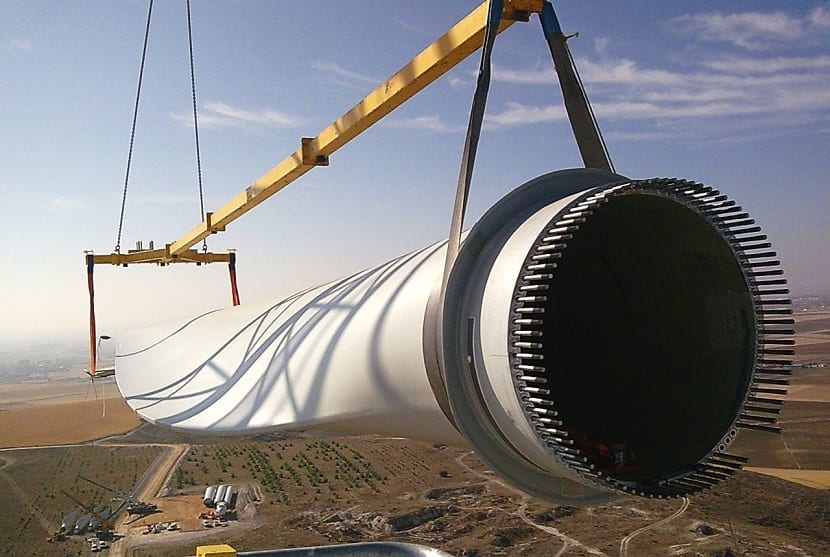
The ITC (Technical Institute of the Canary Islands) tries develop resistant to extreme climates, be it heat, cold wind ... In this way, they can be used in the manufacture of new mills, wind turbines or wind blades.
The project itself is called AeroExtreme, led by the multinational Siemens Games, this will be implemented throughout 2018, and is co-financed by the Ministry of Economy, Industry and Competitiveness and Feder Funds.
In fact, large wind turbines face very adverse weather conditions, especially those on the high seas. These have the impact of particles carried by the wind at high speeds, and it is necessary to develop resistant materials in order to increase energy production and reduce possible repairs.
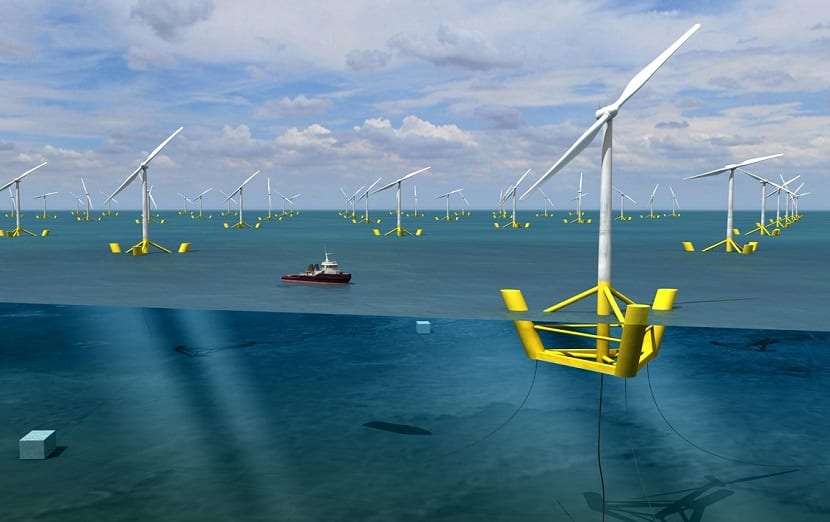
The AeroExtreme project monitors and studies various solutions for the blades and the nacelle (the structure on which they rotate). The wear caused by airborne particles, dirt accumulation and the growth of microorganisms on the blades decreases significantly its performance due to the loss of aerodynamics. In fact, ITC has already developed a material with much higher erosion than those on the market, as well as photocatalytic and antifouling coatings that are also highly durable.
Constitution of a wind turbine or wind turbine
There are thousands of wind farms full of models TEEH (horizontal axis wind turbines). These machines are made up of the following segments.
Tower and foundation: The tower foundations can be flat or deep, guaranteeing in both cases the stability of the wind turbine, the fastening of the nacelle and the motor blades. The foundation must also absorb the thrusts caused by the variation and power of the wind.
The towers can be of different types depending on their characteristics:
- Steel tubular: Most wind turbines are built with tubular steel towers.
- Concrete towers: They are built in the same place, allowing the necessary height to be calculated.
- Precast concrete towers: They are assembled by ready-made pieces and their segments are placed in the same place.
- Lattice structures: They are manufactured using steel profiles.
- Hybrids: They can have characteristics and materials of various types of tower.
- Tensioned mast towers with winds: They are characterized by being wind turbines of smaller dimensions.
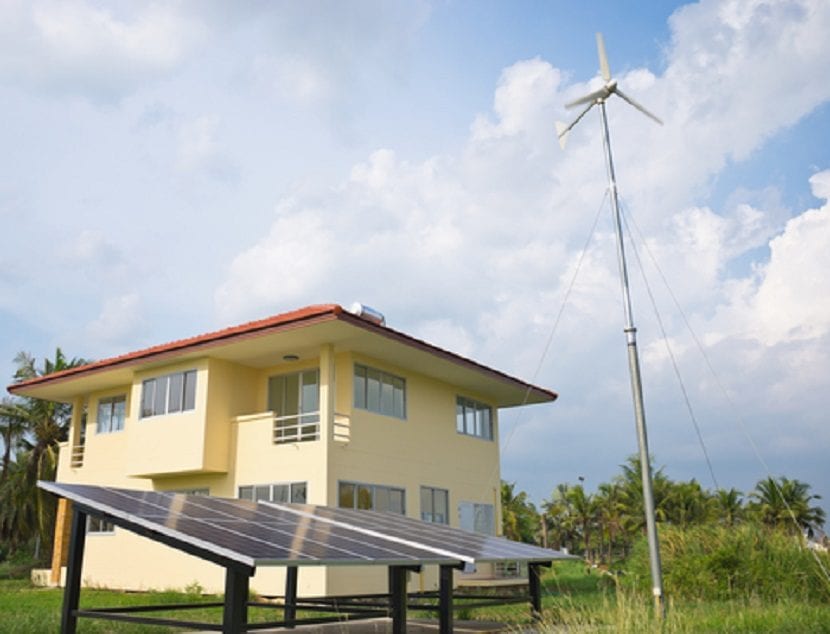
Rotor: The rotor is the "heart" of every windmill, as it supports the turbine blades, moving them mechanically and rotationally to transform the thrust of the wind into energy.
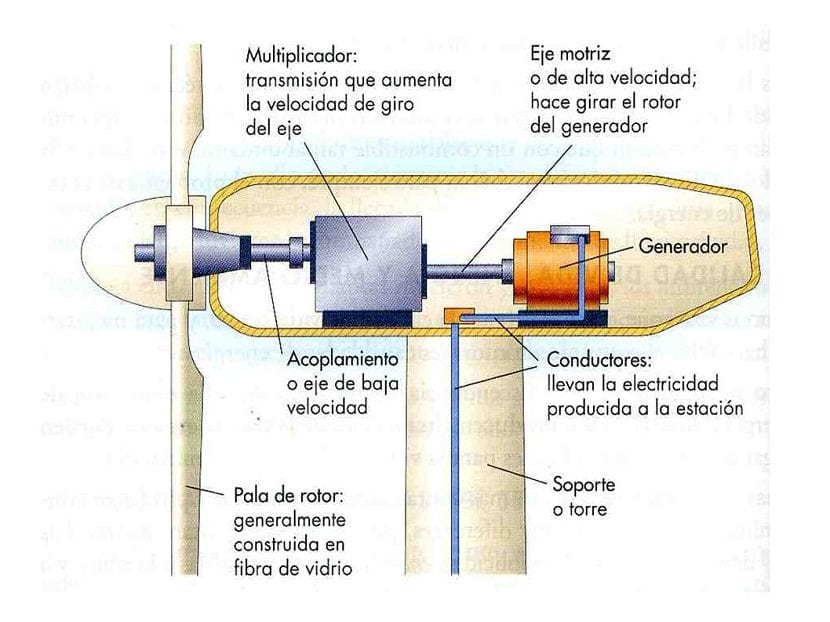
Gondola: It is the most visible head of the wind turbine, the helmet that hides and maintains all the turbine machinery. The gondola joins the tower using bearings to be able to follow the direction of the wind. This is where AeroExtreme tries to improve the materials.
Multiplier box: In addition to being able to withstand the variations of the wind, the gearbox has the task of coupling the low rotational speeds of the rotor and the high speeds of the generator. As his own word says; manages to multiply the 18-50 rpm generated by the natural movement of the rotor in approximately 1.750 rpm when it leaves the generator.

Generator: It is in charge of converting mechanical energy into electrical energy. For high-power turbines, double-fed asynchronous generators are used, although conventional synchronous and asynchronous generators are also abundant.
Brakes: Mechanical brakes are used in the power train, being necessary in them a high coefficient of friction in static and great resistance to compression.
Electrical equipment of a wind turbine or windmill
Today's wind turbines are not only made up of blades and a generator to bring cheap energy to homes. Wind turbines must also have a individual power supply system and numerous sensors. The latter manage to monitor and measure the temperature, the direction of the wind, its speed and other parameters that may appear inside the gondola or in the surroundings.
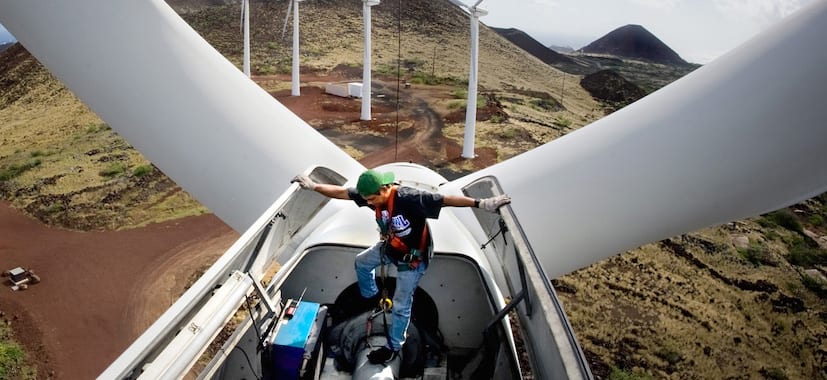
Advantages of fast wind turbines compared to slow ones
The greatest advantage of the so-called "slow wind turbines" is that they have more blades that rapids and their materials are usually cheaper. But what are your problems? Despite their large diameters (from 40 to 90 m high) and having rotors whose heads reach 100 m, wind turbines fast are lighter than the slow ones (AeroExtreme also works in these segments).
This is achieved thanks to high-power generators (0,5 to 3 MW) that take even more advantage of the height-power ratio of the wind.
Being lighter, the blades move faster, so the size and multiplier box cost that drives the electric generator is reduced.
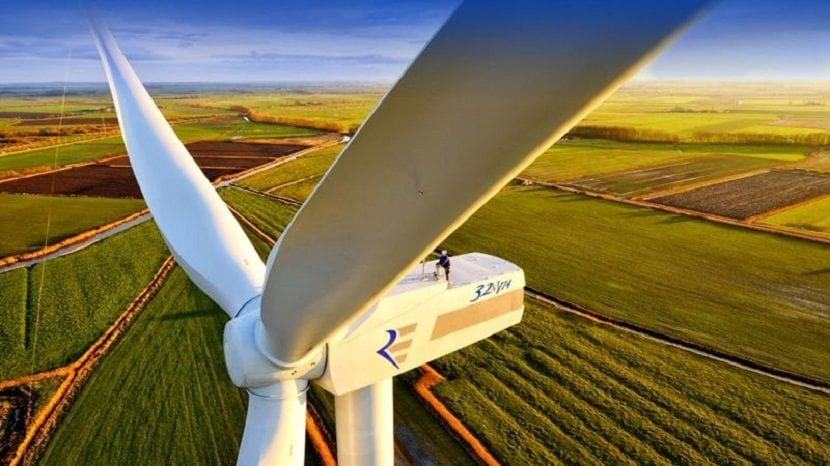
By having fewer blades, these can be adjusted more easily to adapt their power according to the characteristics of the wind. Fast wind turbines are better resistant to stresses caused by wind gusts. The axial thrust due to the action of the wind on the stationary rotor is less in fast wind turbines than when it is turning; the opposite happens in the slow wind turbines.